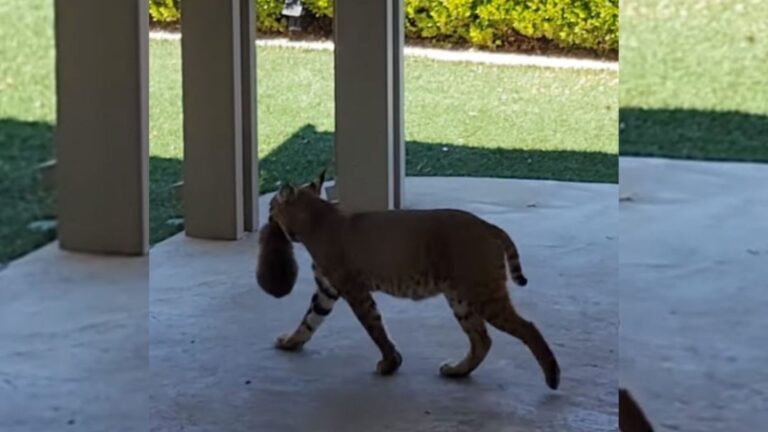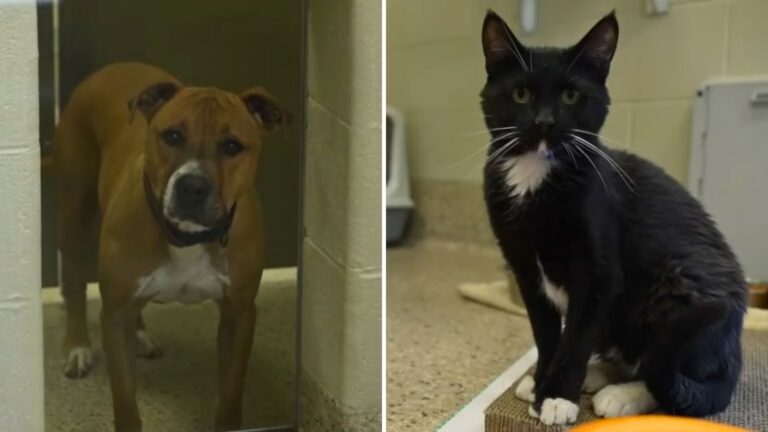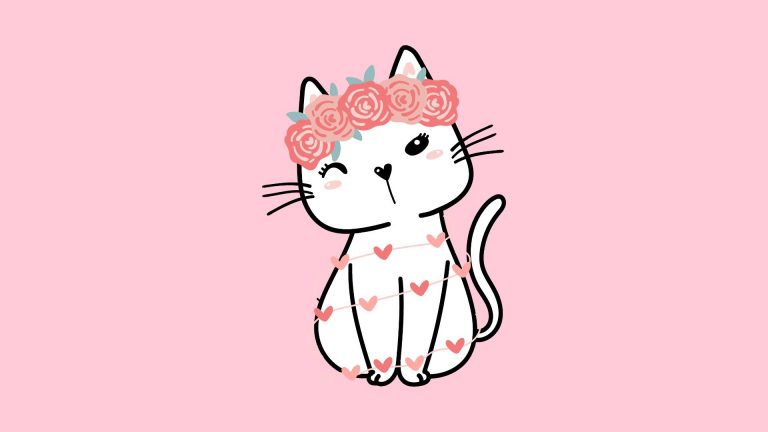Why Doesn’t My Cat Knead? 5 Most Likely Reasons
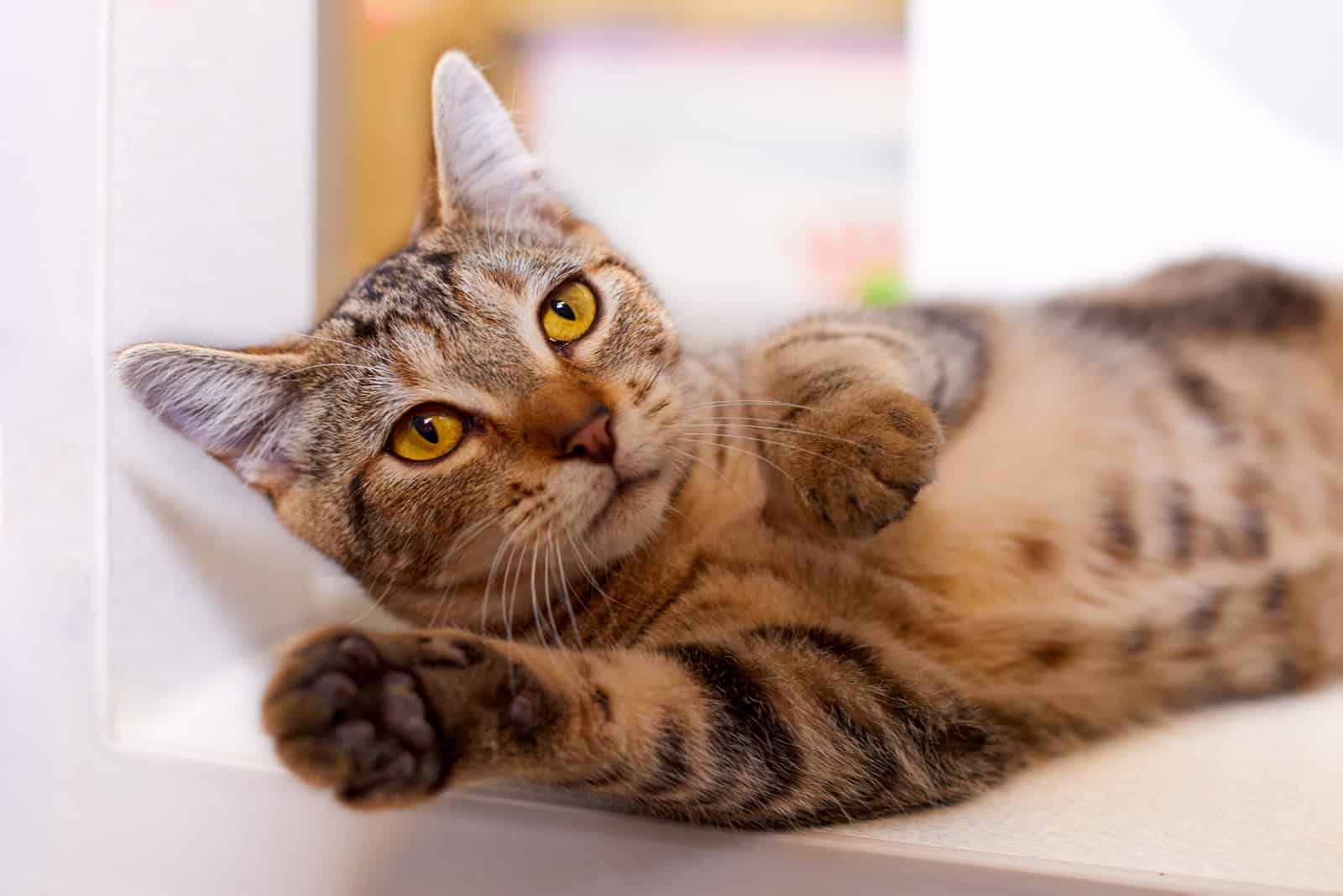
We all know how adorable it is to see a cat “making biscuits”. This movement, otherwise known as kneading, is a distinct feature for most cats.
However, you may have noticed that your cat is not kneading and now you’re wondering “Why doesn’t my cat knead?”
It is important to start by saying that there is nothing to be worried about. It is perfectly okay if your cat does not knead!
There is nothing wrong with your furry friend, and there are several reasons why your pet might not be kneading, as we will soon find out.
Maybe you would like to see your feline friend engaging in this adorable paw movement. Is it possible to make a cat knead or even teach your cat how to knead? Continue reading to find out!
Why Doesn’t My Cat Knead?
This is not a simple question to answer; there are several factors we need to consider. Firstly, does your cat even know how to knead? It may come as a surprise, but the answer might be no!
There are two possibilities when it comes to a cat not kneading:
- Your cat never learned how to knead
- Your cat knows how to knead, but just does not display this cat behavior
Let’s look at why some cats don’t knead (even if they know how to) and how come some cats never learned how to knead…
5 Reasons Your Cat Is Not Kneading!

1. Your Cat Never Developed An Instinct To Knead
Kneading is an instinct that usually kicks in very early on in life.
Did you know kneading means survival for kittens? They knead on their mother’s belly, thereby stimulating milk production. The kneading action triggers the release of “feel-good” hormones in the mother cat. These hormones are essential for milk production, since stressed mothers are at risk of not producing enough milk for their kittens.
This explains why kneading is something cats start doing when they are very young. Some continue doing it even when they’re all grown up, while others do not. Those that continue kneading as adult cats associate the action with comfort and relaxation, and they do so to make themselves feel better when stressed.
Why Might A Cat Not Develop A Kneading Instinct?
This can happen when kittens are separated from their mothers in their kittenhood. There are many instances of kittens being taken away from their mothers as soon as they’re born.
For example, a kitten can be taken away too soon because someone decided to adopt it. Perhaps they did not know that taking the kitten away before it is at least 8 weeks old is not good for the kitten.
Kitten milk formula can be used as a substitute for mother cat’s milk, but the kitten will simply never learn how to knead because now, there is no mother that needs the stimulation to produce milk.
2. Your Cat Is Not Feeling Relaxed Or Comfortable

This might be the case if you know your cat was a suckling. Perhaps your cat does know how to knead, but does not do so because it is not feeling comfortable or relaxed enough.
Cats might feel uncomfortable or stressed for a number of reasons, including the following:
Pain Caused By An Illness Or An Injury
Cats have developed an instinct to hide when they’re not feeling well, and they are very good at it. This makes sense when we consider the wild ancestry of our domesticated cats.. In the wild, being in pain means you are easy prey.
Our pets may be in pain, and we don’t even know it. The trick is to notice any subtle signs, such as mood or behavior changes.
Being Separated From Their Owner
Pets are known to feel separation anxiety. The intensity is not the same for every cat, and some cats don’t experience it at all!
Nevertheless, being alone for a long period of time is not something most cats enjoy. Even though we might think of them as solitary creatures, they are actually quite social so if you are away it can make them feel anxious.
Changing The Environment
Cats like their familiar habits and their own territory. If you change either of the two, your cat will probably not be thrilled about it.
Cats can be sensitive to changing environments, since it may feel like they’re losing part of their territory. I am sure you know that cats are very territorial.
Some examples of changes in the environment are:
- Moving homes, such as the owner moving into a new house or flat
- Changing the location of the cat’s food, water, or litter box
- A new pet in the household
Past Abuse
This can be the reason behind not kneading, but I am truly hoping it is not. As rare as you think it might be, you should consider the possibility that your cat has experienced past trauma.
It is possible that previous owners did not allow certain cat behaviors and punished the cat when it was exhibiting them. Therefore, if a cat correlates kneading with negative emotions, it simply chooses not to knead.
What To Do If My Cat Does Not Feel Comfortable?
If you suspect one of these is the reason behind your cat not kneading, try asking yourself Why is my cat anxious? and find a solution that will make your pet feel better. If you manage to do this, your cat might start kneading again!
If you suspect your cat might be sick, dig deeper to find out if something really is going on with your cat’s health. If you’ve just moved house, make sure to ease the transition for your cat.
The important thing is not to push it. Remember – kneading is not about you, but about your cat!
3. Your Cat Simply Does Feel The Need To Do It
Some cats know how to knead but never really display it. Why? Because they don’t feel the need to do it or they simply don’t like doing it.
Kneading is associated with a positive attitude, so you won’t miss out on any clues your cat is unwell. If kneading was a sign your cat is unhealthy, that could be an issue – but this is not the case!
Kneading might just not be the way your cat signals anything usually associated with kneading, and it will find other ways to communicate!
4. Kneading Might Be Painful For Your Cat

“Making biscuits” requires healthy paws (front paws mostly and sometimes even back paws). What if this movement is painful for your feline pet? If this is the case, your cat will avoid kneading in order to prevent feeling pain.
If your cat is experiencing painful paws, make sure to find the cause and treat it!
Reasons your cat might experience painful paws are:
- Footpad injury
A footpad injury might be caused by your cat being stung by a bee, for example, or stepping on a sharp object and getting a minor cut.
- Arthritis
Arthritis is a painful condition that makes jumping and walking very uncomfortable for your cat. Learn more about the symptoms of this disease if you suspect your cat has it.
- Your cat had a declaw procedure
This is an unnecessary and very cruel surgery that involves surgically removing the cat’s claws in order to prevent the cat from damaging the furniture, doors and floors.
5. Your Cat Might Be Still Searching A Spot To Knead
Cats are picky when it comes to when and where they’re going to knead.
Hard surfaces such as the floor or the table are a hard pass. Your cat loves soft surfaces such as a blanket or even your lap! A thick blanket is the best option, considering the scratch of a cat’s nails on your skin is not a very pleasant feeling.
If you don’t cuddle with your cat often or provide a warm blanket for your cat to knead on, your cat is not even getting a chance to display its kneading skills. That could be a reason you don’t see your cat indulging in this common feline behavior.
Why Do Cats Knead?
You might have asked yourself once or twice “Why does my cat knead in the first place?’”
There are a number of reasons why cats engage in this kneading behavior. Cat owners – If you observe your cat kneading, there is probably more than one reason your cat is doing it.
5 Biggest Reasons Behind Kneading Behavior!
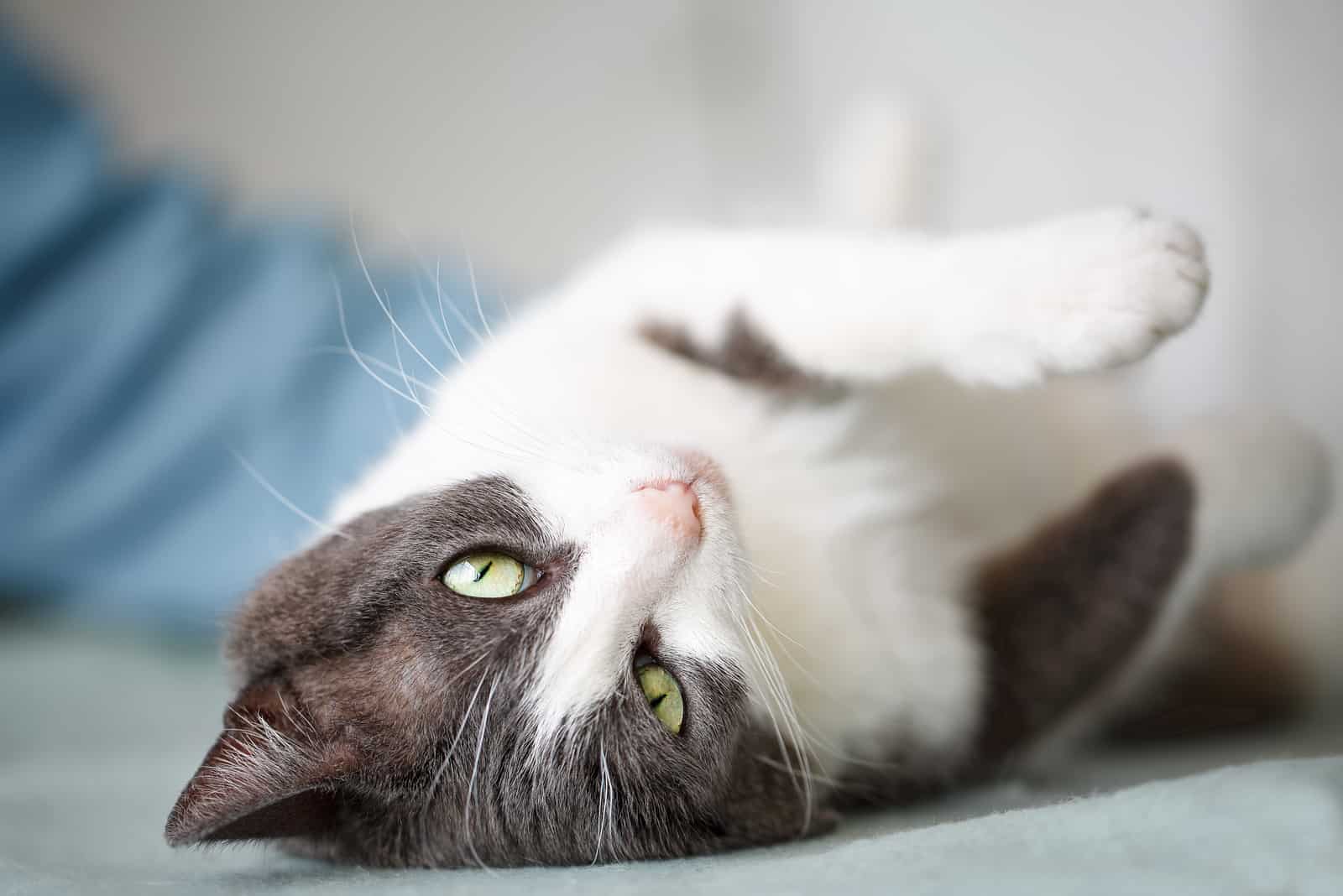
1. Showing They Are Content And Happy
If your little feline friend loves cuddling, you’re one lucky pet owner! You might notice your cat starts to knead while in your lap. This is the biggest tell-tale sign your cat is happy at that moment.
Kneading is associated with cats being comfortable and content. It may be accompanied by other happy signs such as soft purring or even drooling as your cat completely zones out.
2. To Feel Better
Cats also knead to make themselves feel better. For example, your cat might be feeling upset because you moved houses or you got a new pet.
Remember that kneading brings back the feeling of being safe with the cat’s mother and littermates. So naturally, kneading will help your cat feel better.
3. To Mark Their Territory
Cats love to make their territory known! They make sure every animal knows what belongs to them by marking their territory with their scent.
Cats’ paws contain scent glands that are located between their toes. These scent glands release pheromones, which are chemicals that signal to your cat “This is a safe zone!” and to other cats “This is my zone! Stay away!”.
4. To Stretch
You might find this a funny reason, but it is totally possible!
Cats aren’t playful troublemakers 24-7; they do rest quite a bit. After a long nap, those muscles need a little bit of stretching so kneading might be their favorite way to stretch it all out!
5. Female Cats Announcing They’re Ready To Mate
When a female cat is in heat, she displays a number of characteristic behaviors.
For example: displaying a lot of affection, meowing louder than usual, displaying lordosis, and laying on her side with her paws up and kneading!
Other signs of attracting a male cat are more prominent but kneading is one you might observe as well!
How Does Kneading Date Back To Their Kittenhood?

What you might not have known is that cats display this behavior when they’re just little kittens!
Sucklings surround their mother and knead on her tummy for a very interesting reason. This little front-paw movement stimulates milk production! As we all know, mother’s milk is extremely important for the survival of kittens.
Different cats knead in different ways – some use only their front paws, while others use their back paws as well.
I don’t know about you, but I find this fascinating!
Is Kneading “In Their Genes”?
People domesticated cats well over 10,000 years ago. Even though cats have been around humans for a long time, the fact remains that their origin goes back to the wild cat. This wild nature can still be observed even today in our house cats.
One of the features inherited from wild ancestors is kneading. Wild cats exhibit this movement when making a nest in tall grass, as well as checking for any dangers in the grass they walk on.
Another interesting trait is constant grooming, which is thought to remove the scent of the wild cat so they cannot be detected by the animal they’re hunting. Cats being territorial creatures is also a throwback to their wildcat ancestry.
How Do I Get My Cat To Knead?
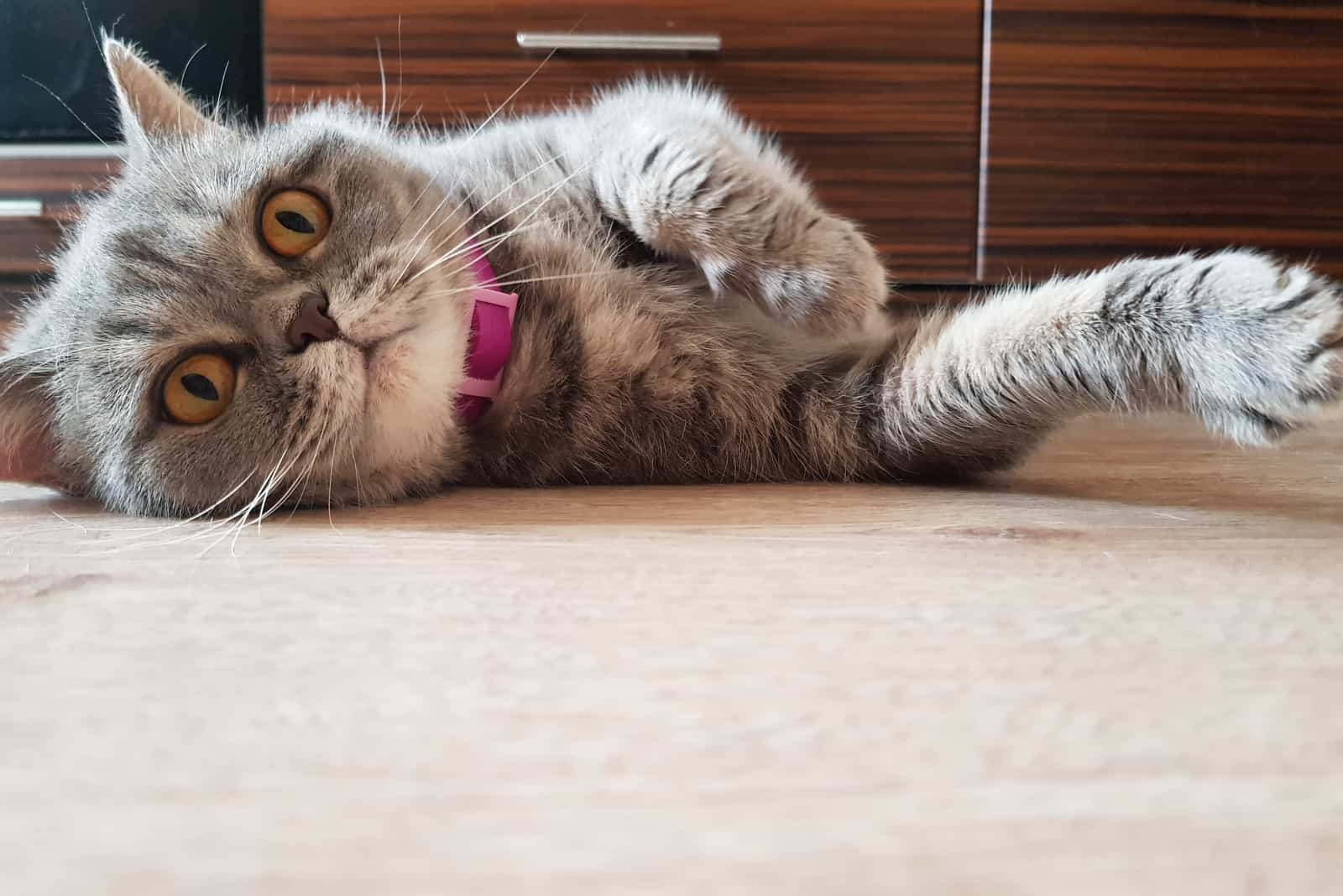
There isn’t a lot you can do besides encouraging kneading. What do I mean by that?
You can create the kind of environment in which kneading usually happens. For example, provide a soft surface. Cats love soft blankets so make sure to have them around.
When your cat is relaxed sitting next to you or in your lap, put a blanket or soft toy nearby. That might trigger your cat’s instinct to knead.
If your cat starts kneading, that’s good. If not, that is okay too! You can encourage it a few times, but don’t be pushy – you will not get your cat to knead by pressuring your cat.
Can I Teach My Cat To Knead?
No, you cannot. If your cat never learned to knead as a suckling, it will not learn it later.
Kneading is instinctive, so if your cat never developed an instinct to do it in kittenhood then it will not develop the instinct as an adult.
Considering that the absence of kneading is not a problem, there would be no point in pressuring your cat to learn how to do it, even if this was possible!
Encouraging kneading is a difficult enough task, but teaching your cat to knead is impossible. So don’t waste your time and do not stress over this! Your cat will show its love for you in many different ways. Kneading is not the only one, that’s for sure!
Conclusion
Cat lovers know that every cat has its unique traits, body language, and personality. One of the most charming cat behaviors is when they “make biscuits”.
“Making biscuits”, otherwise known as kneading, is a front-paw movement that looks similar to when bakers make dough. Kneading is a common way of expressing happiness, self-soothing, and marking territory.
Most cats knead, but some do not. If you’re wondering “Why doesn’t my cat knead?” then here is your answer: Your cat might have never learned how to knead or maybe it knows how to knead but needs the right environment to do so.
If your cat knows how to knead but does not do it, try placing a soft blanket in your lap next time you’re snuggling. This might trigger your cat’s kneading instincts.
If your cat never learned how to knead, no matter how much you stimulate your cat to do it, it will not happen.
If your cat does not knead, do not worry – your cat is perfectly normal! The most important thing is not pushing your cat to do anything – your cat is perfect just the way it is!
Now that you know why your kitty might not be kneading, I suggest you check out: Why Doesn’t My Cat Purr? 8 Possible Reasons

